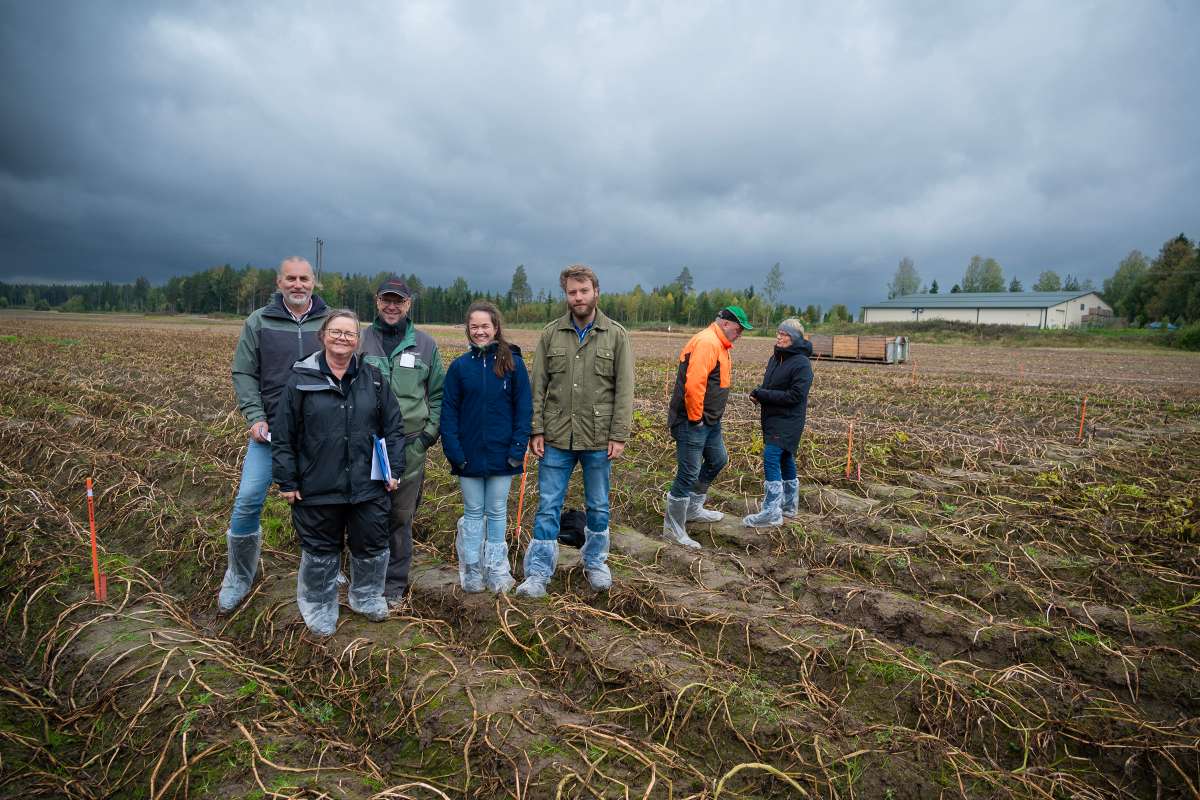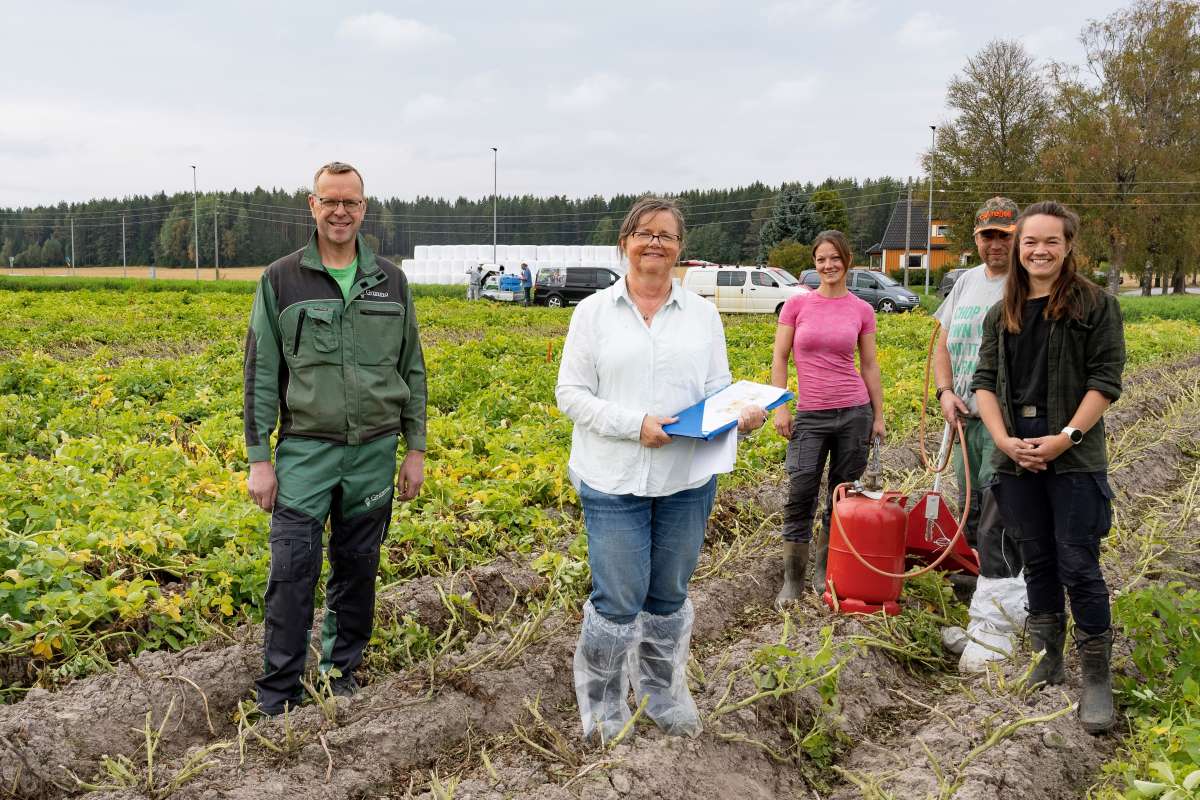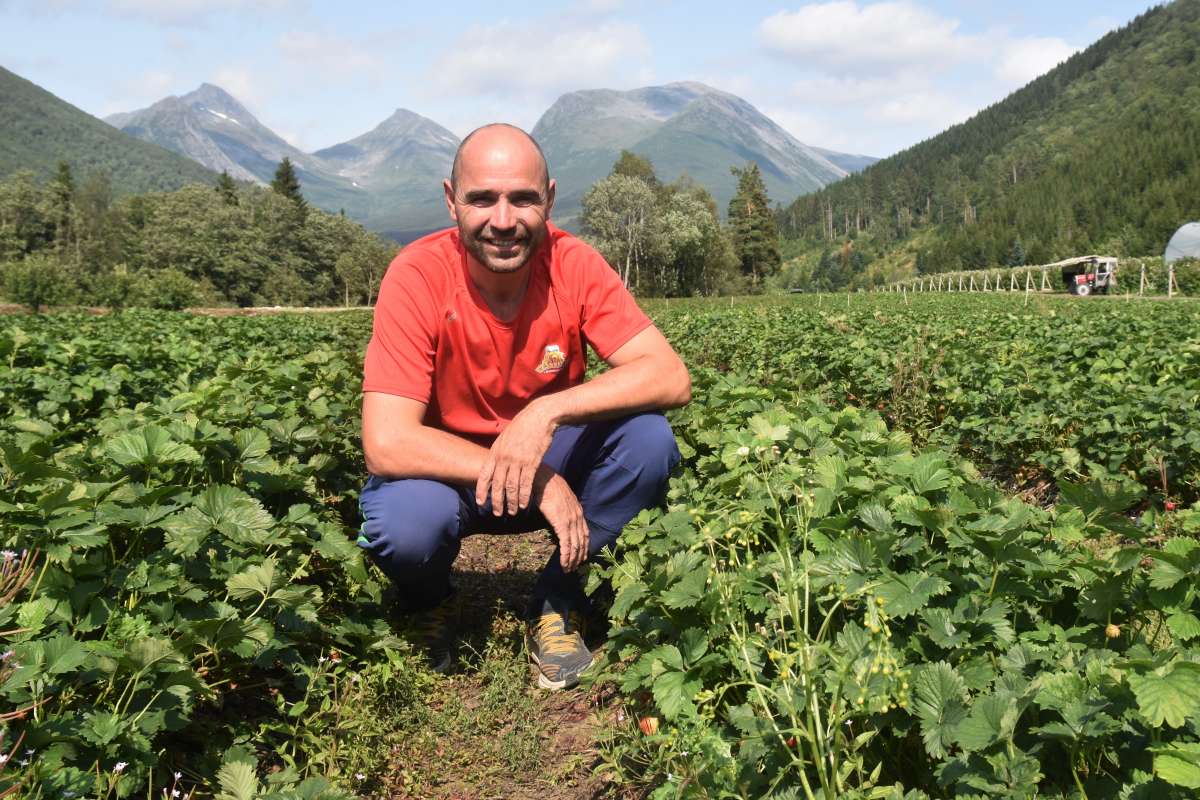Division of Biotechnology and Plant Health
SOLUTIONS: New solutions for potato canopy desiccation, control of weeds and runners in field strawberries & weed control in apple orchards
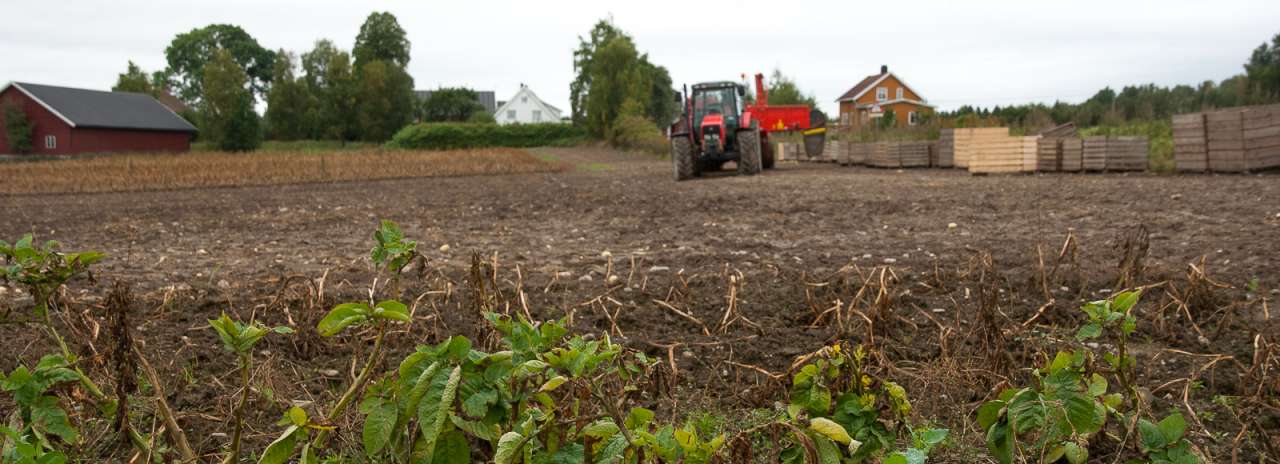
End: apr 2026
Start: jan 2021
Efficient measures for weed control and similar challenges are vital to avoid crop loss in agriculture. National supply of food, feed and other agricultural products depends on each farmer’s success managing their fields and orchards. The recent loss of the herbicide diquat, and the potential ban on glyphosate, - both important tools for farmers -, raise a demand for new measures for vegetation control. Efficient alternatives to herbicides are also important tools in Integrated Pest Management (IPM). Norwegian growers need to document compliance to IPM since 2015 to ensure minimum hazards to health and environment from pesticide use.
More information
About project at The Research Council of Norway| Status | Active |
| Start - end date | 01.01.2021 - 01.04.2026 |
| Project manager | Therese With Berge |
| Division | Division of Biotechnology and Plant Health |
| Department | Invertebrate Pests and Weeds in Forestry, Agriculture and Horticulture |
The SOLUTIONS project will work on new solutions for (1) potato canopy desiccation, (2) control of weeds and runners in field strawberries, and (3) weed management in apple orchards. Measures to be tested are bioherbicides, for example pelargonic acid and other organic acids; Thermal methods, for example hot water and electricity, alone or in combinations with current and new mechanical implements and newly approved products.
SOLUTIONS will also work on two precision agriculture technologies that will further reduce the use of synthetic herbicides for vegetation control. One of the technologies is a Norwegian field robot for precision removal of weeds and runners in strawberry fields. The other is variable dosing of potato canopy desiccant based on remote sensing (satellite or drone images).
SOLUTIONS is coordinated by NIBIO - Norwegian Institute of Bioeconomy Research. It is funded by Forskningsmidlene for jordbruk og matindustri (FFL/JA) and Grofondet AS, as well as the collaborative and financial partners A-K maskiner AS, Gartnerhallen, Heatweed Technologies AS, H. F. Maskin Teknikk AS, Kilter AS, Norsk Landbruksrådgiving (NLR, Norwegian Agricultural Extension Service) and Norwegian producers of potatoes, field strawberries and apples. NLR Innlandet, NLR Vest, NLR Viken and NLR Øst also participate.
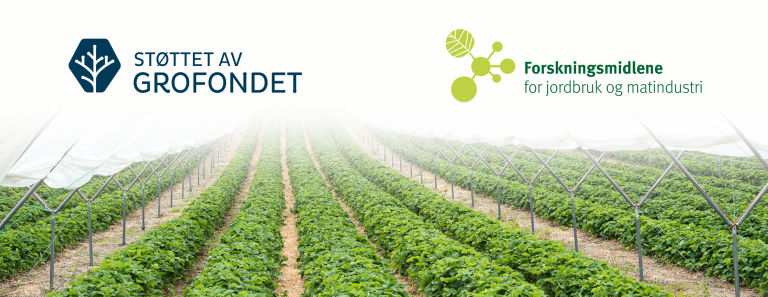
Publications in the project
Abstract
No abstract has been registered
Abstract
No abstract has been registered
Abstract
No abstract has been registered
Abstract
No abstract has been registered
Abstract
No abstract has been registered
Abstract
No abstract has been registered
Abstract
No abstract has been registered
Abstract
Weed-free zone underneath apple trees is important to maximize vegetative growth, fruit yield- and quality. Glyphosate applied twice is the usual strategy in apple orchards in Norway. Due to uncertain future of glyphosate there is a need for alternative strategies. A field trial was conducted during 2021 in an orchard (three-year-old trees). Five alternative strategies were tested: 1) Hot water at 3 L m-2 x 3 (spring, early summer, summer), 2) Hot water at 6 L m-2 x 3 (times as previous), 3) Pelargonic acid at full dose (10.9 kg a.s. ha-1) x 1 (early summer), 4) Pelargonic acid at half dose (5.44 kg a.s. ha-1) x 2 (spring, early summer), and 5) Rotary hoe x 3 (early spring, early summer, summer). Glyphosate at 1.08 kg a.s. ha-1 x 2 (early summer, summer) was included as reference strategy. Hot water (about 80 C, 0.1 bar) was applied with a commercial machine (Heatweed Technologies, Norway). Visual assessments of percentage of ground covered by living vegetation were used to estimate weed control efficacy. Dominating species were Taraxacum officinale, Tripleurospermum inodorum, Poa annua, Polygonum aviculare, Galium aparine, Viola arvensis and Senecio vulgaris. Assessed mid-summer (June 24), hot water applied twice (both 3 L m-2 and 6 L m-2) showed very high efficacies, both about 90%. Pelargonic acid showed rather low efficacies, about 15% (10.9 kg a.s. ha-1 x 1) and 45% (5.44 kg a.s. ha-1 x 2). Rotary hoe twice had almost 60%. Efficacy of glyphosate once was 75%. The last assessment was conducted in mid-July, i.e. about 1-2 weeks after the last application of hot water, rotary hoe and glyphosate. The two hot water strategies resulted in very good weed control, i.e.

.jpg?quality=60)
